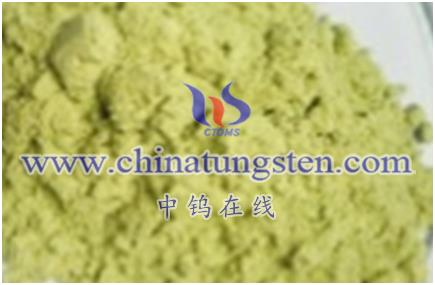The electrocatalytic electron transport of tungsten oxide (WO₃) refers to the process of transporting electrons inside or on the surface of tungsten oxide as an electrocatalyst in the electrocatalytic process. In the electrocatalytic reaction, tungsten oxide acts as an electrocatalyst to receive electrons from the electrode to the reactant, or transfer electrons from the reactant to the electrode. The electron transport process is crucial for the progress of catalytic reactions as it can modulate the redox properties and reaction kinetics of the catalyst surface.
The mechanism of electron transport in tungsten oxide is related to the nature and structure of its material. In general, tungsten oxide is a semiconductor material whose conductive properties are determined by the electronic structure of the conduction and valence bands in its crystal structure. In the conduction band of tungsten oxide, there are free electrons that can be transported inside or on the surface.
In the electrocatalytic process, when an external potential is applied to tungsten oxide, electrons will enter the conduction band of tungsten oxide from the electrode, then transport through the interior or surface of tungsten oxide, and finally undergo redox reactions with the participating species. This electron transport process can affect the catalytic reaction rate and selectivity.
The electron transport process of tungsten oxide is also affected by factors such as its crystal structure, defect sites and surface state. These factors can affect the movement rate and transport efficiency of electrons in tungsten oxide, thereby affecting the catalytic activity. Therefore, the characteristics and mechanism of electron transport need to be considered when studying and designing the electrocatalytic performance of tungsten oxide.

More details of tungsten oxide product, please visit website: tungsten-oxide.com
Please contact CHINATUNGSTEN for inquiry and order of tungsten oxide:
Email: sales@chinatungsten.com
Tel.: 86 592 5129595






